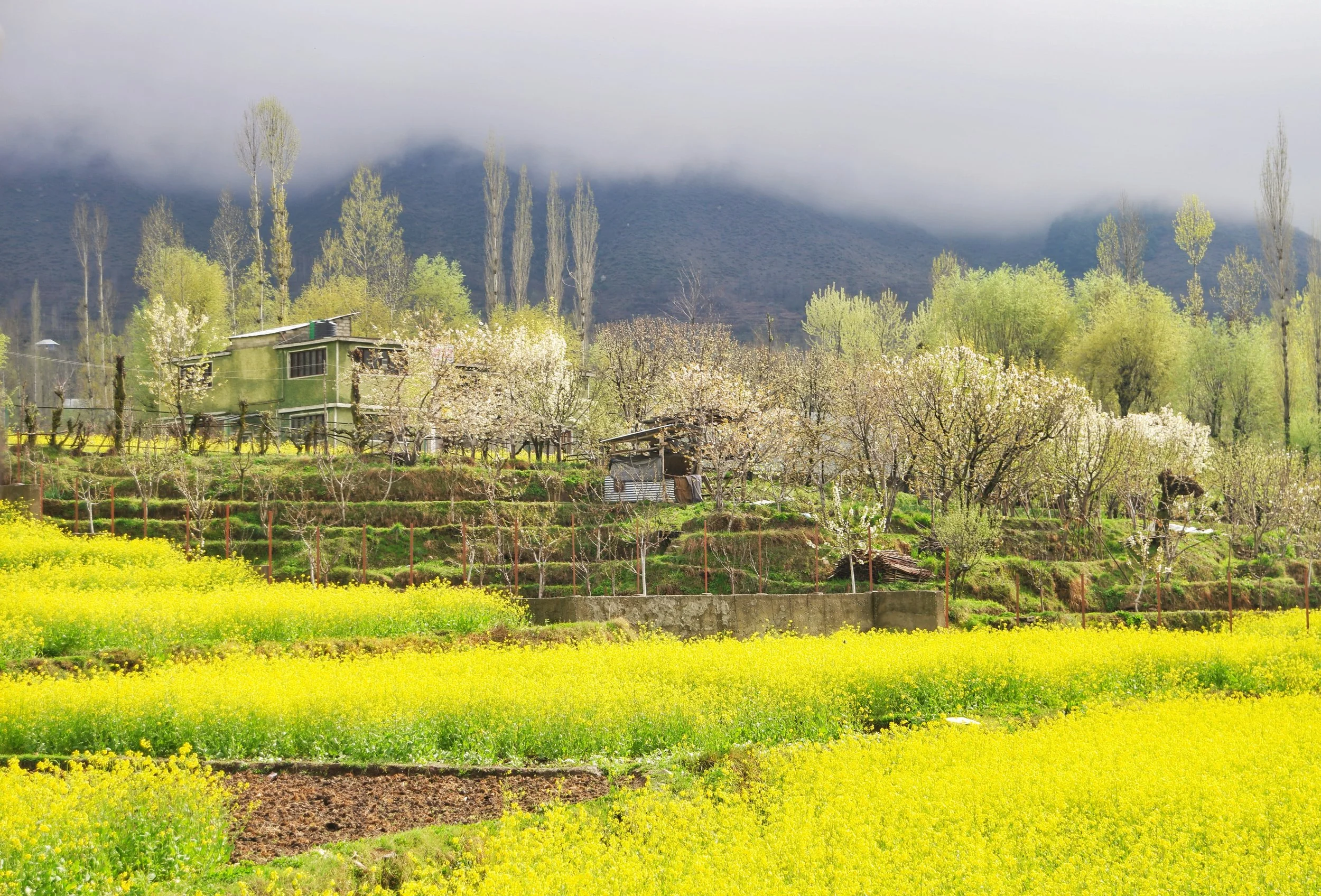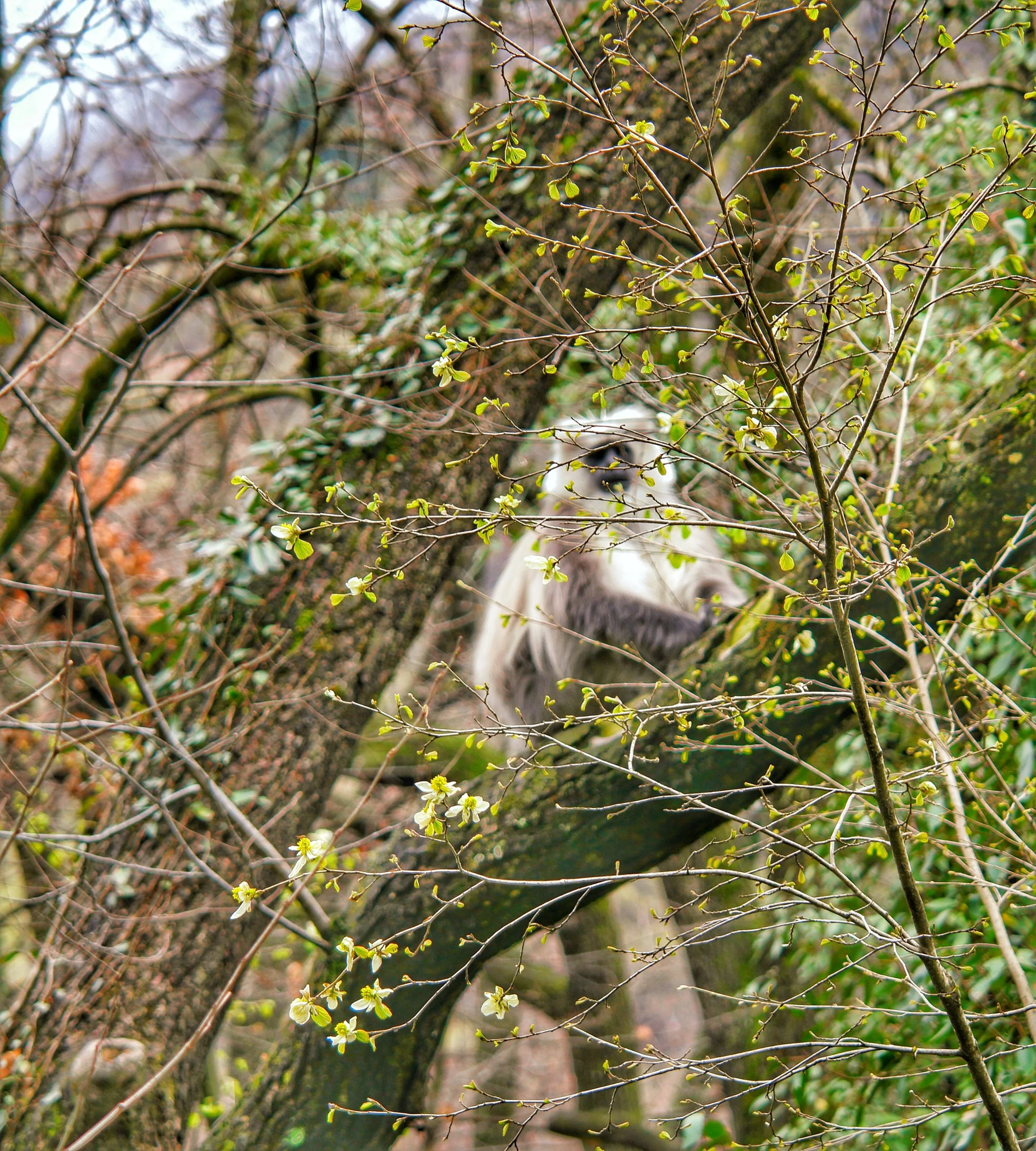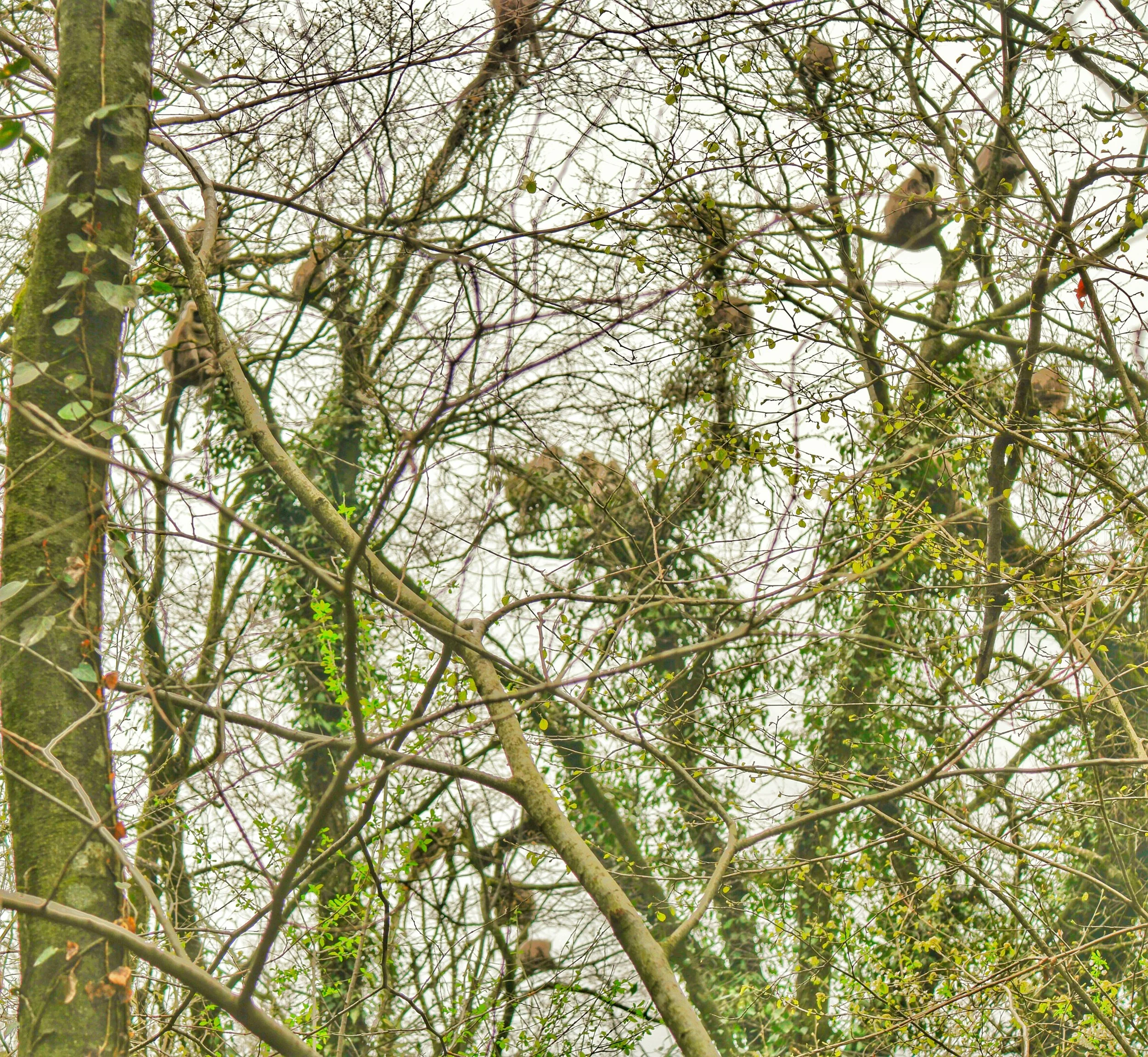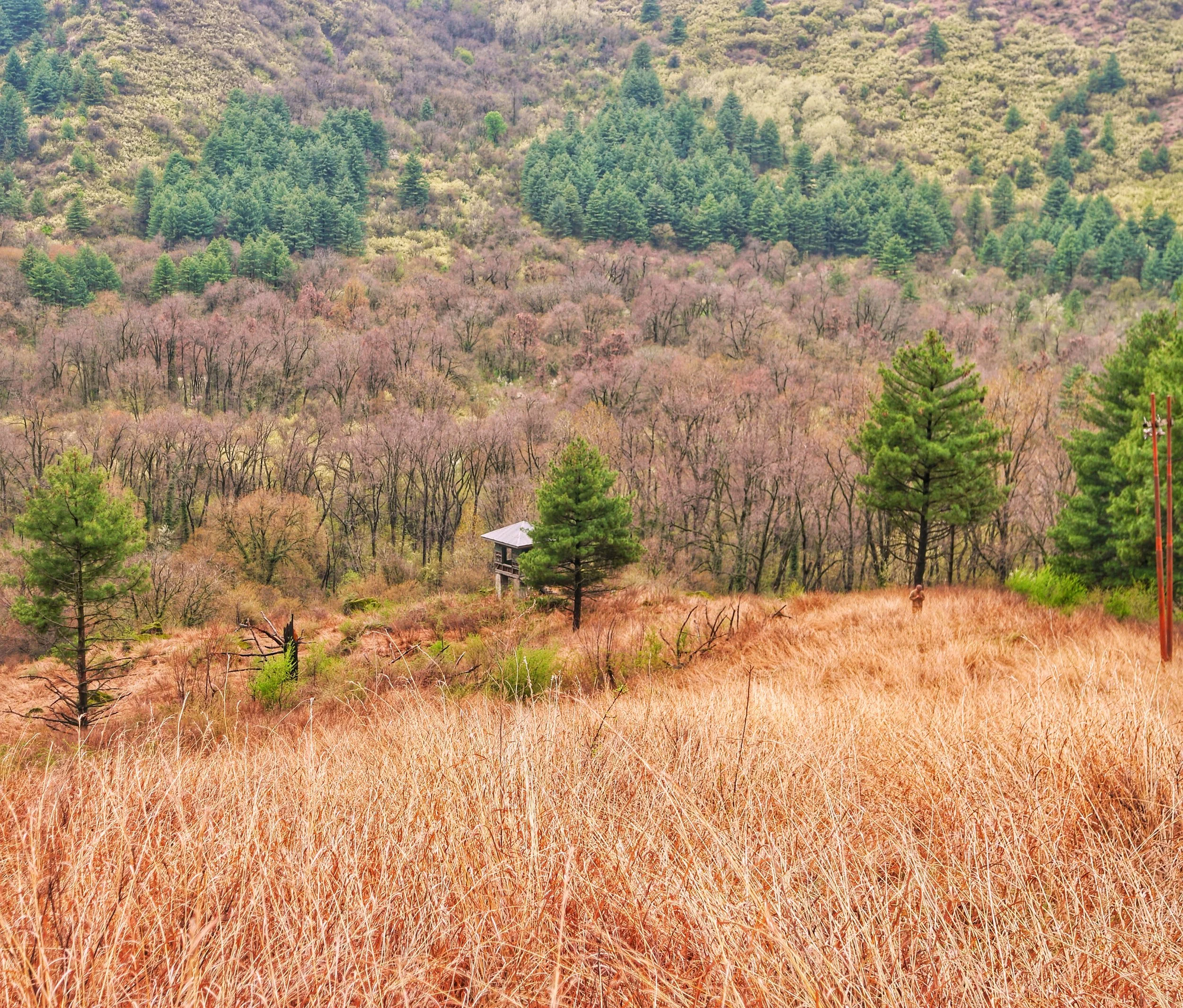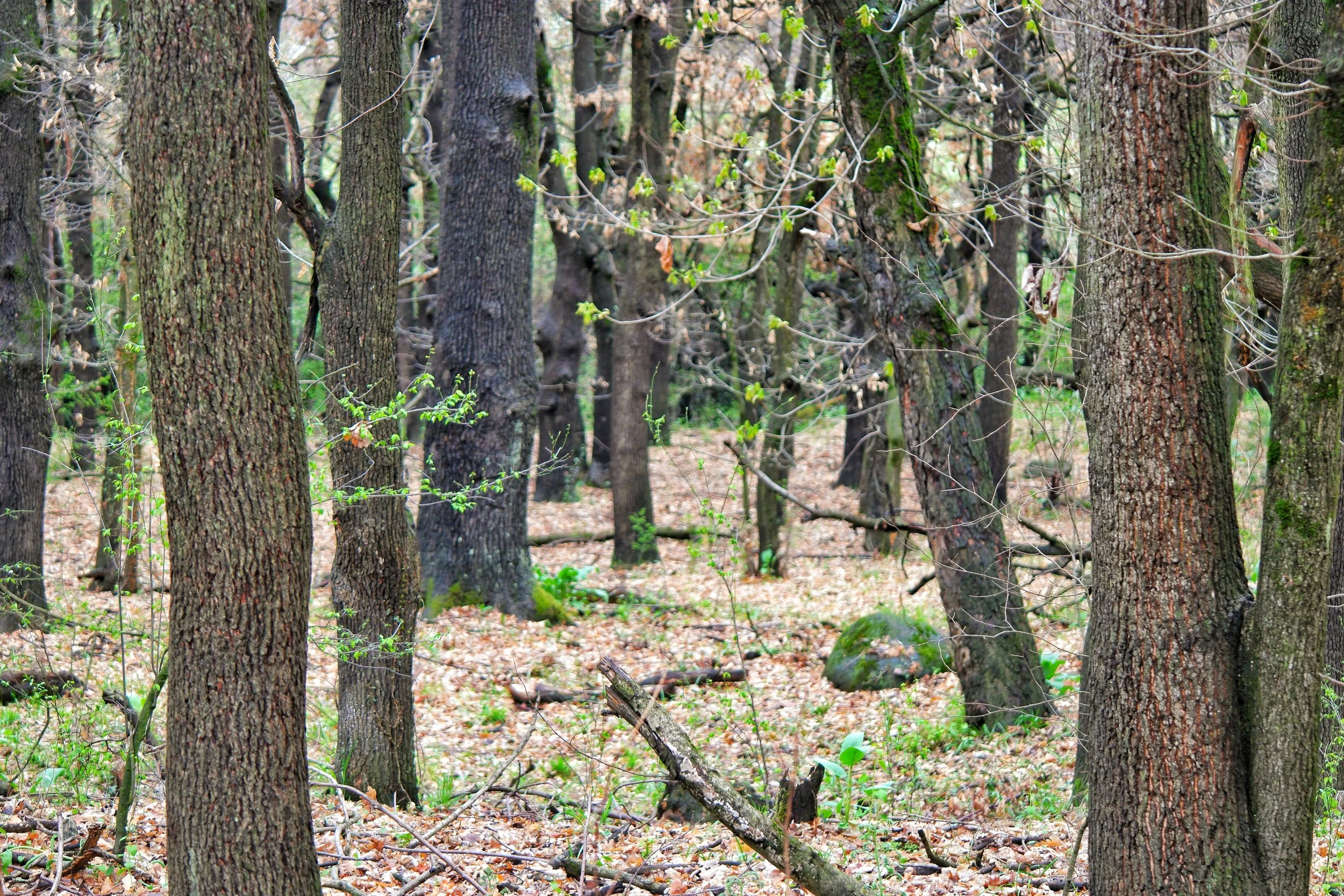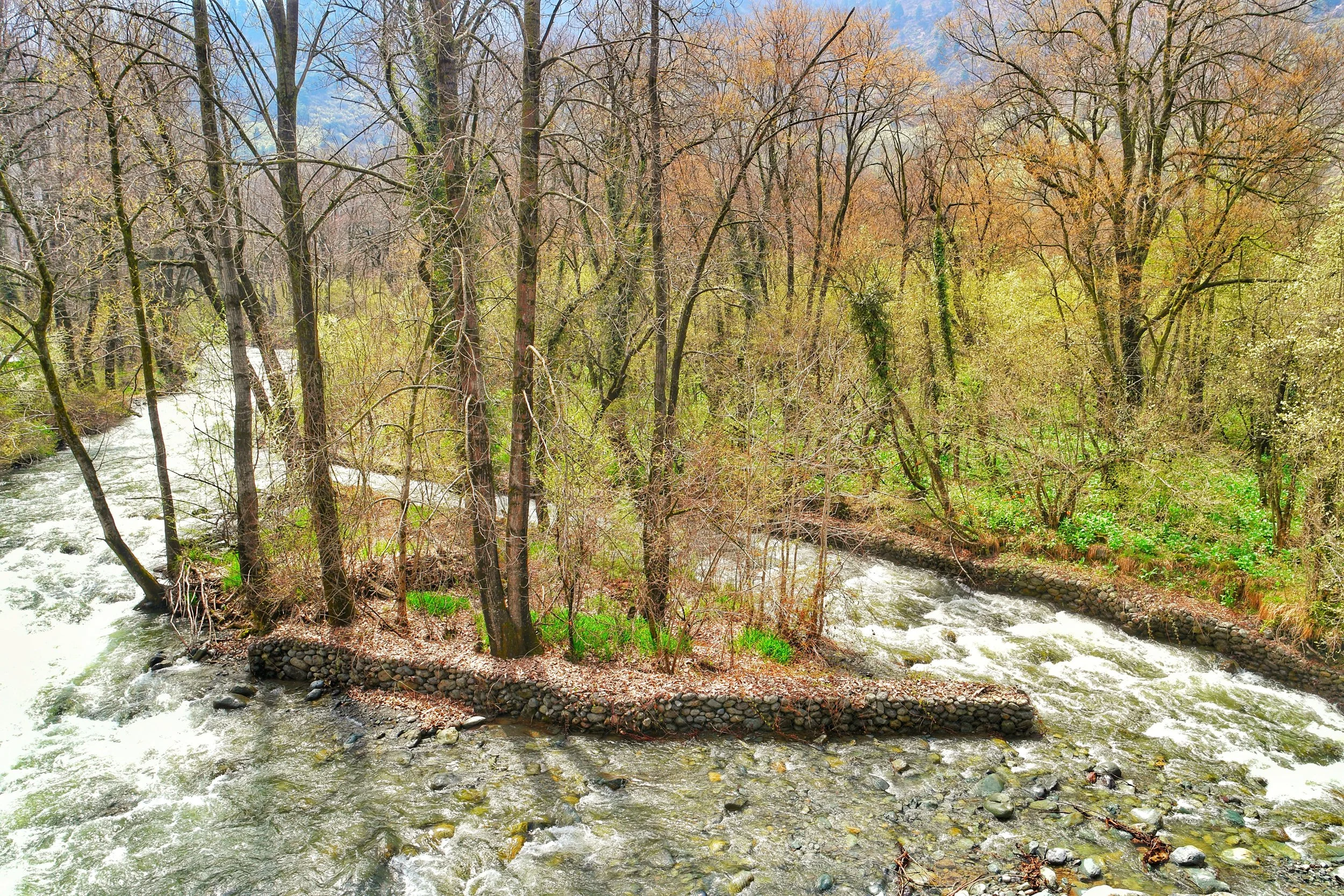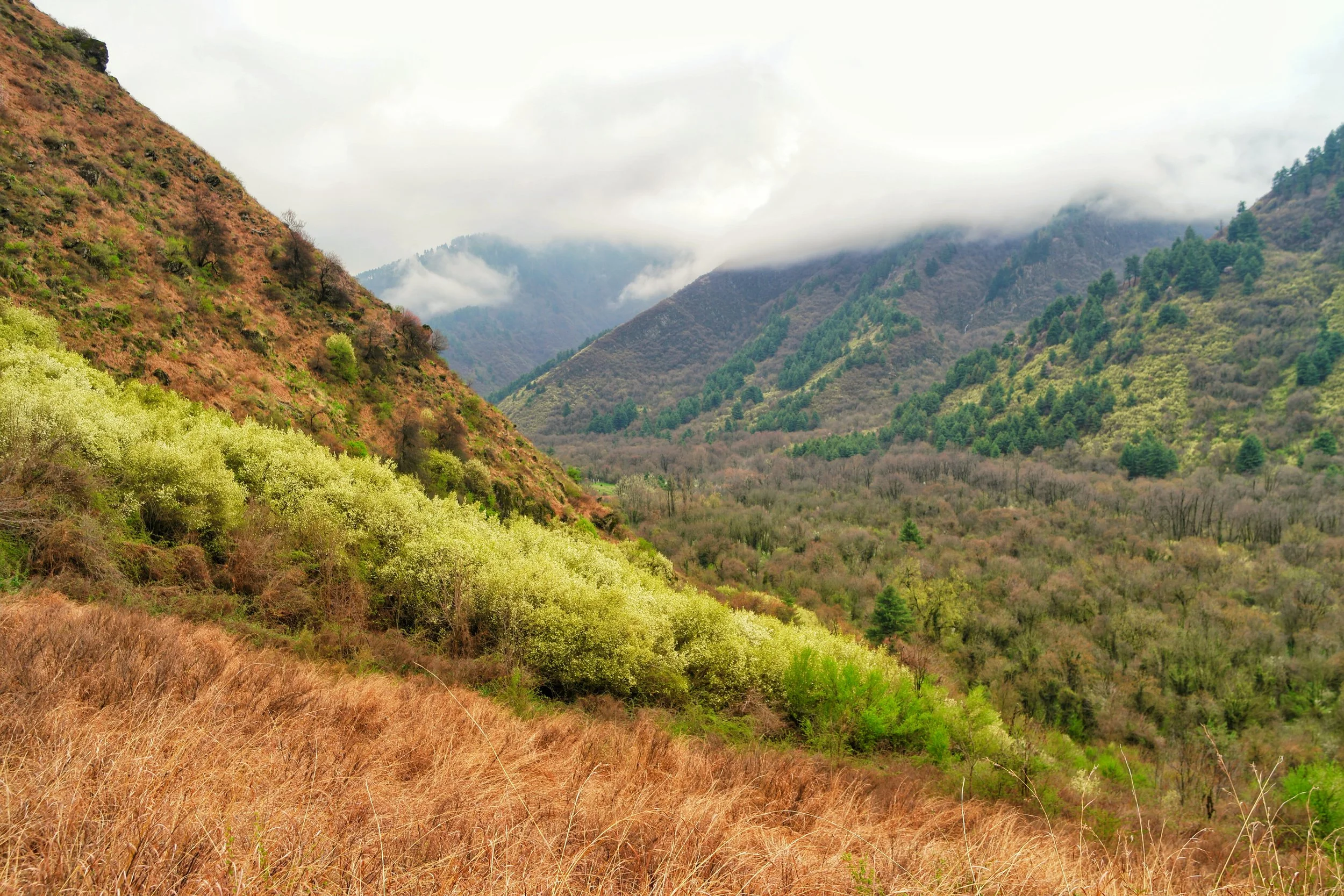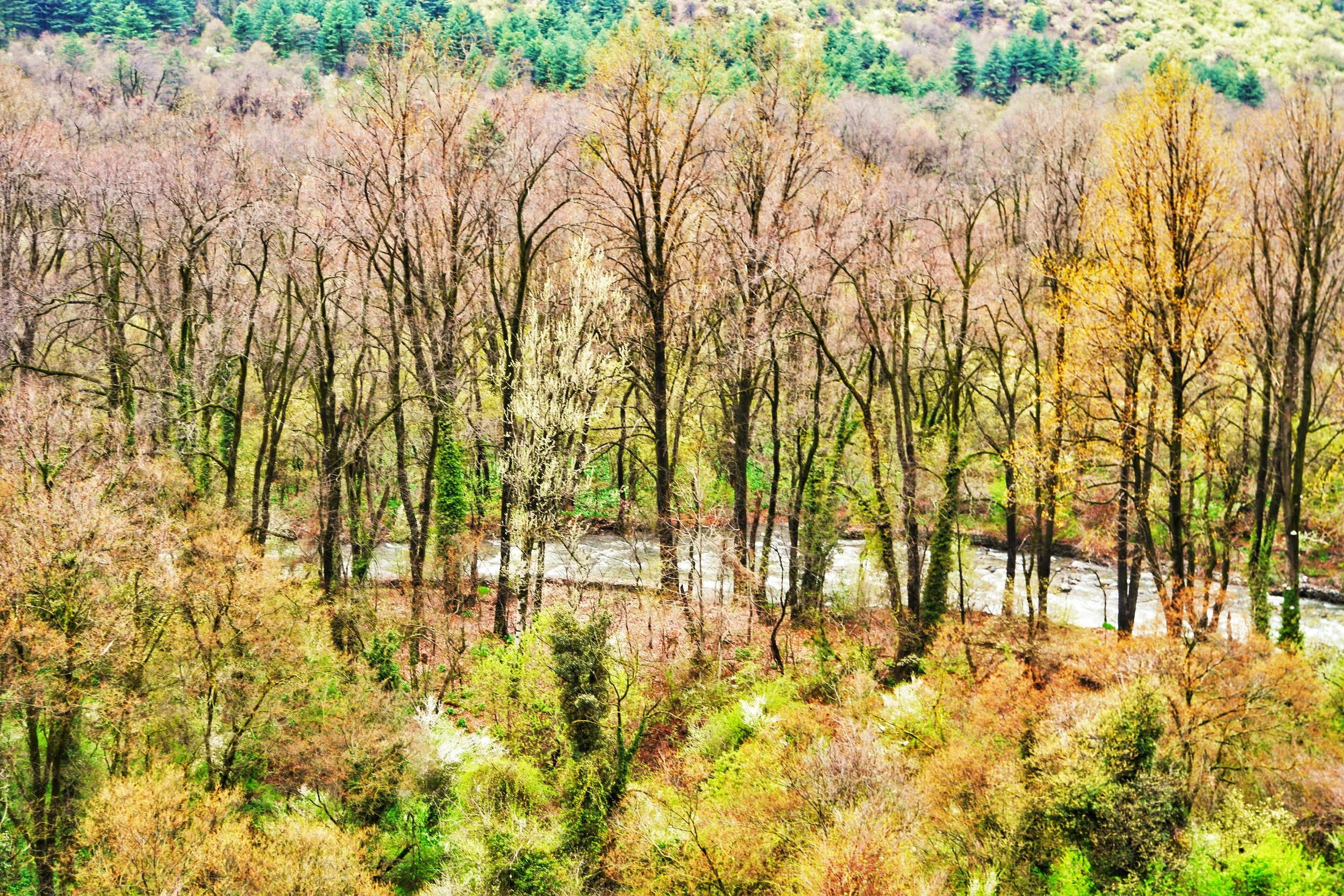A Visual Journey through Dachigam National Park
The Dagwan Nallah as it flows through the Dachigam National Park. The Dagwan Nallah is the main source of water for the Harwan Reservoir, which in turn supplied the water to Srinagar supply. The Dagwan flows down from the Marsar Lake through the pristine environs of Upper Dachigam.
The altitude in the Park varies from 5000 ft to almost 14000 ft and as such offers a variety of habitat. A true haven for wildlife and is preserved as such as the entry is strictly restricted. Hope it stays that way.
Mt Mahadev the highest Peak of the Zabarwan Mountains overlooks the Dachigam National Park
Mt. Mahadev as seen from outside the Dachigam National Park in Kashmir. Standing at almost 4000 m the Mahadev is the tallest peak of the Zabarwan Mountains. The Mountain provides a stunning backdrop to the lower areas of the Park.
Mustard Fields outside the Dachigam National Park
The Mustard fields and the blossoming trees and of course the cloud play on the mountains in the background. On the outskirts of Srinagar on the way to the Dachigam National Park.
The water from the Dagwan River being diverted to the Srband Lake which supplies drinking water to Srinagar City.jpeg
This little piece of engineering diverts some of the water from the Dagwan Nallah / River into the Sarband Lake, that traditionally was used to supply drinking water to Srinagar city. This system was set up way back in 1906. And for many years the water was just supplied raw so pristine was the water.
The Dagwan Nallah originates from the high altitude Marsar Lake which relies on the snow melt of the Peaks of the Kolahoi group at the base of which it lies. The Kolahoi itself the highest peak of the Valley. The Marsar Lake itself lies in the Upper part of the Dachigam National Park and the Dagwan flows down through it, in an area devoid of all human inhabitation, through the magical forests of Dachigam until it reaches this point from where a part of its water gets diverted to the Sarband.
The Dagwan itself finally gets amalgamated into the Jehlum into the journey south. Coming back to the pic and this piece of engineering thanks to which at one time the whole of Srinagar used to enjoy the purest natural water coming down right from the laps of the Himalayas from snow melts since of them above 5000 m and then further enriched by the primeval forest around it.
Himalayan Langur at the Dachigam National Park
A Semnopithecus Ajax (Kashmir Gray Langur/ Himalayan Langur) looking at the idiotic Homo Sapien who disturbed his Siesta.
A Group of Himalayan Langurs at the Dachigam National Park
A Group of Kashmiri Gray Langur / Himalayan Langurs at the Dachigam National Park.
The Rangers lookout hut at the Dachigam National Park
A Ranger's observation hut deep inside the Dachigam National Park. You can see a mix of mountain grasslands, Pine Fir forests and a primeval Oak forest along the Dagwan River.
This point is favourite one for spotting the rare Kashmiri Hanguls and usually sightings are quite common, except when I go there :). The Oak forests below are a favourite hang out for the Himalayan Black Bears and in September October you can see hordes of them trying to get some kind of fruit off the Oak trees. But again I couldn't find any.
The primary reason for not spotting the animals I wanted to see were two fold. First was that I was supposed to reach the Park at 7 but I got there well after 9. Secondly it was a cloudy rainy day so most animals were sheltering themselves from the rain. Thirdly when it rains the Hangul don't need to come down to the Dagwan for having a drink. They find little pools of rain water right in the pastures which they can drink.
Oak Forests at the Dachigam National Park
The dense Oak Forests are a favorite haunt of the Himalayan Black Bear in the Autumn as they come around looking for all kinds Nuts and Berries to fatten up before Winter arrives and they retire into hibernation.
A small Island in the Dagwan River
A beautiful island in the middle of the Dagwan Nallah that runs through the pristine Dachigam National Park on the outskirts of Srinagar.
The altitude varies from 5500 ft to 14000 ft and the Park is spread over 140 sq kms. It is the last stronghold of the Kashmiri Hangul and in spite of hiking around the Park for almost 15 kms we were unable to spot any. The Park is also home to Leopards, Himalayan Black and Brown Bear and even possibly Snow Leopards in the higher reaches.
Mixed Forests of the Dachigam National Park
The pristine and mesmerizing forests of the Dachigam National Park. Thankfully they're are still places in the mountains which still maintain primeval forests like they used to exist.
The Park is named so as 10 villages were moved from inside the present boundaries of the Park to establish this as a Nature Reserve by the Maharaja. Hence the Dach or 10 and Gam or Village.
Another view of the mixed Forests of the Dachigam National Park
The Park also served as the rain catchment area for the City. The Dagwan river flowing through the Park originates from the Marsar Lake and supplies water to the Sarband Lake which used to supply all the drinking water to Srinagar.
Entry to the Park is restricted and permission is required from the Regional Wild Life Warden to get entry to the Park. We got into the Park on a rainy cold April Day. We were unlucky not to have any sighting of the Himalayan Black Bear or the Kashmiri Hangul but the 20 odd kms that we hiked in the Park were totally worth. It was like being back in time.
Clouds building up at the Dachigam National Park. It snowed the next day
Looking towards the City of Srinagar on whose edge Dachigam actually lies.
The Sarband Reservoir which lies next to the Dachigam National Park and the Harwan Gardens supplies drinking water to the city of Srinagar
This Reservoir was built in 1906 as the main water supply for the city of Srinagar by diverting the Dachigam Nallah. The Hill behind is a part of the Dachigam National Park. The Reservoir is currently going repairs and hence an ugly mound of mud and cement. In olden days it used to be like a beautiful Lake with the imposing Mahadev in the background. Locally the reservoir used to be called the Sarband Lake as well. Truly a gem when in its glory.
The Dagwan River flowing through the Dachigam National Park
Mt Mahadev the highest Peak of the Zabarwan Mountains as seen from the Dachigam National Park



